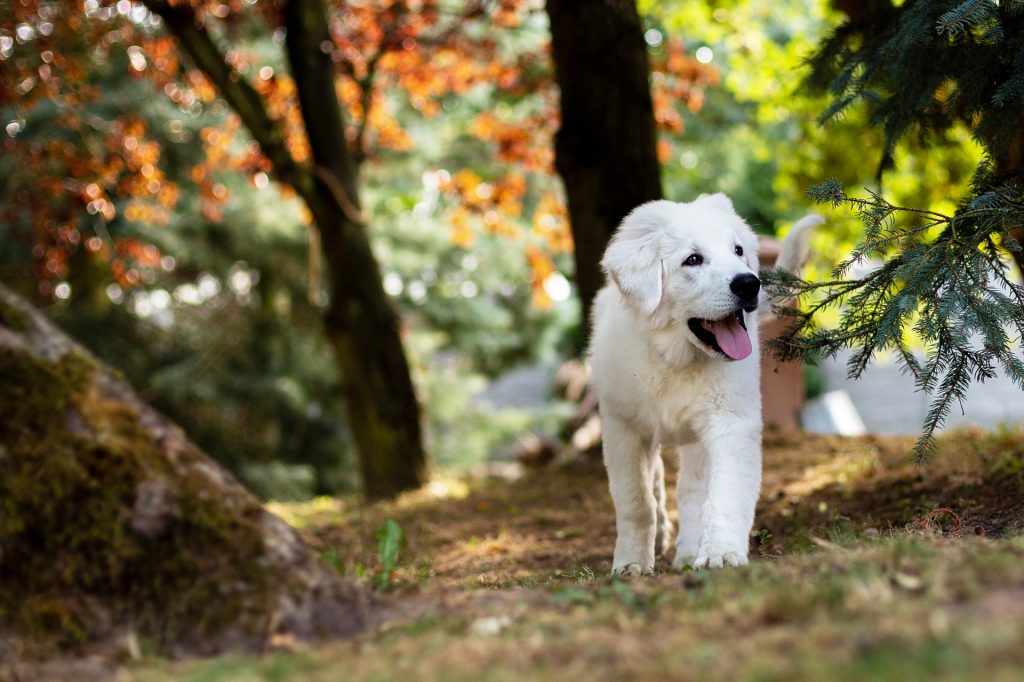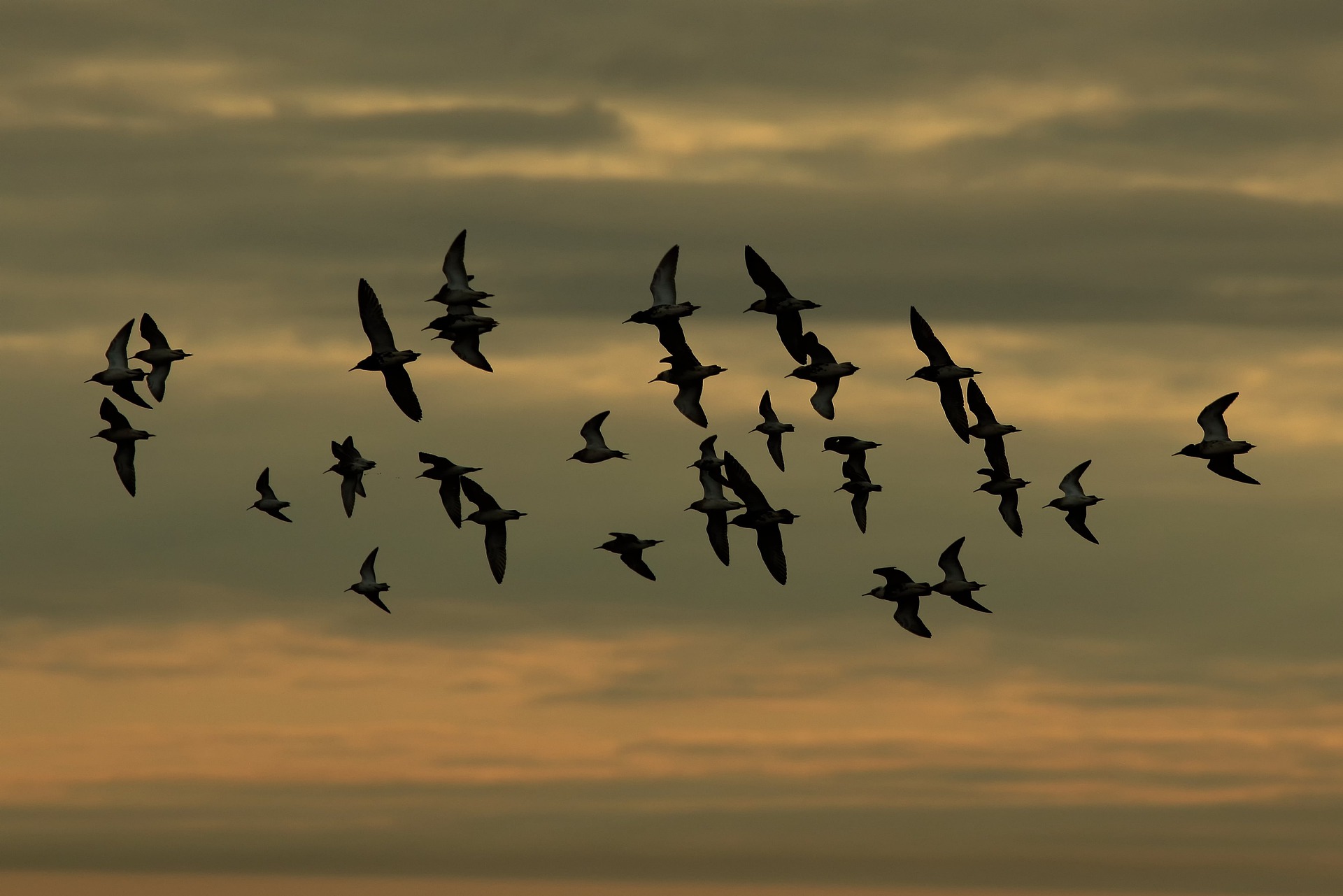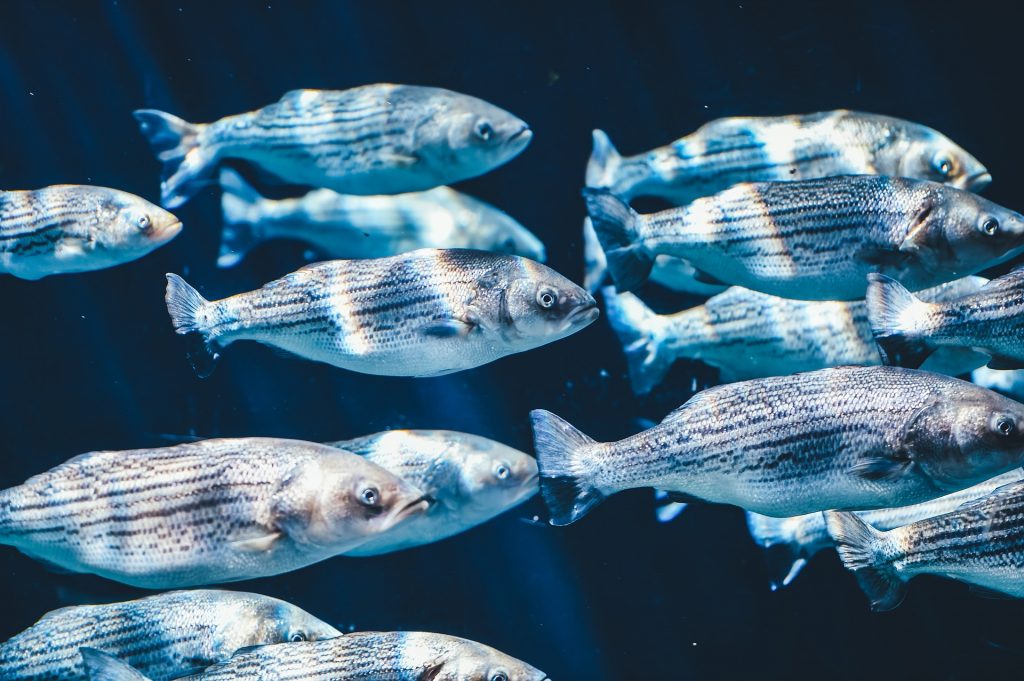Do fish, insects and birds find their way with their superpowers? Many species leave their homes to mate and travel thousands of kilometres. How do they know where to go? What about immigrants?
All animals have an extraordinary ability to find their way home. For example, leave a cat with eyes closed away from your home and it will find its way home and come back. (Of course, if he’s still not bored with that house and wants to live with you.) The cat, afraid of his vet, may start to unease as soon as you return to the vet’s street. The 2.5-centimetre-sized Bogong moth crosses hundreds of kilometres of Australian territory and returns to its birthplace.
We know that cats are very advanced in this regard. They succeed by detecting north-south magnetic lines and locating them. Cats do not have a well-developed sense of smell as dogs do. But when they support the magnetic field with their existing fragrance memory, they can find the exact point.

Dogs do this entirely with their sense of smell and memory. They memorize all the smells on the road in turn. By following these scents, they can reach where they want to reach. Sometimes they can even leave their own scents at critical points. The only obstacle for dogs in this regard is reverse winds. Otherwise, they are just as successful as cats.
In fact, each animal has a unique biological navigation system for its species. Especially some bird species, determine their direction based on the positions of the Sun and stars, while some species can determine their direction thanks to the magnetic field. That is, they can detect north-south lines and discover a way without having to follow anything else. Aquatic animals generally follow currents to open seas. But odour sensitivity helps when it’s time to return.
Decoding the impulses in animals’ genes will allow us to better understand how they draw their way. Whether these features encoded in DNA are affected by man-made changes (dams, cities, etc.) is another subject of research.
Maybe you may be interested!



